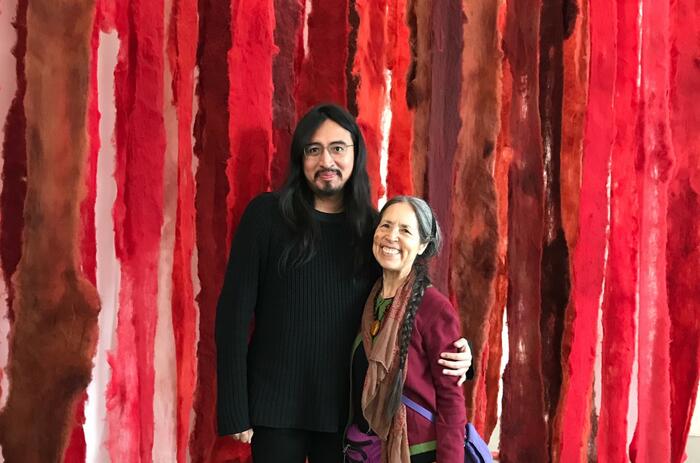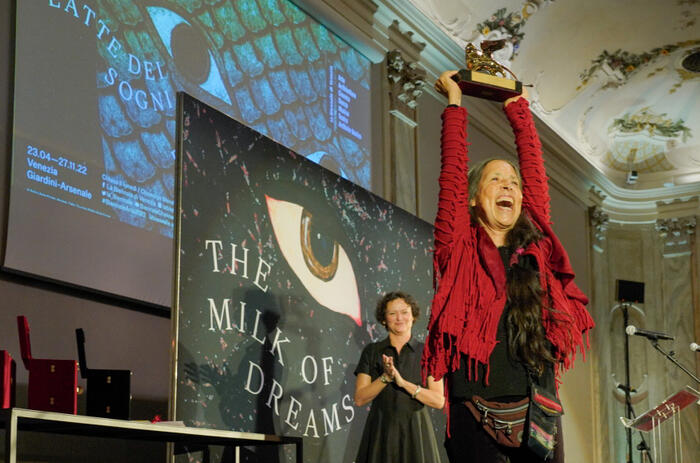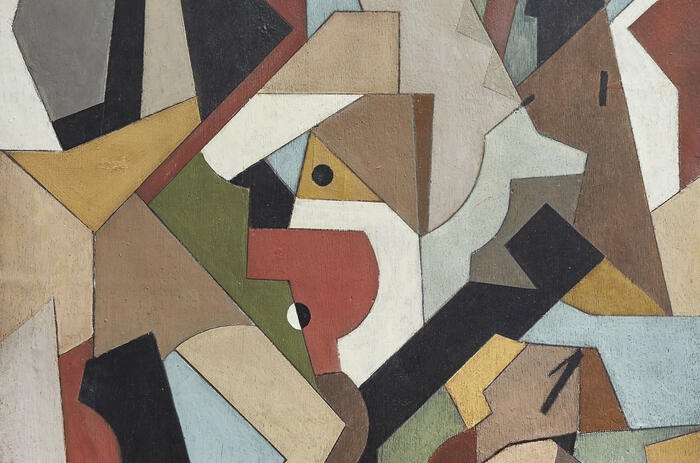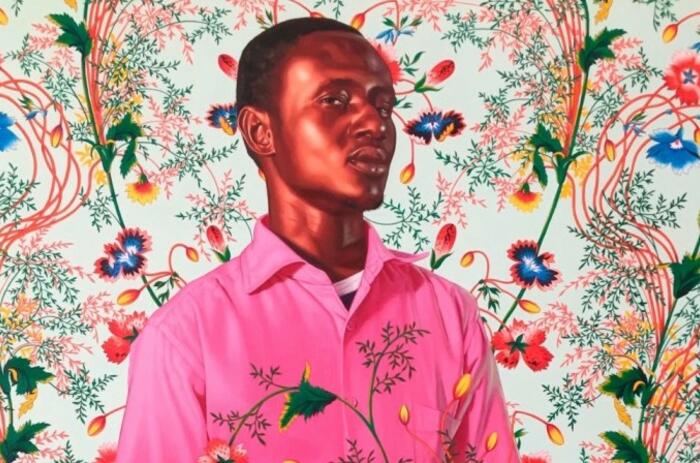CECILIA VICUÑA IN GUGGENHEIM NEW YORK
Cecilia Vicuña: Spin Spin Triangulene is the first solo exhibition in a New York museum for the pioneering contemporary Chilean artist, poet, activist, and filmmaker Cecilia Vicuña (b. 1948, Santiago). Showcasing Vicuña’s artistic production from the late 1960s to today, this exhibition will feature the breadth of her multidisciplinary practice, including paintings, works on paper, textiles, films, a site-specific Quipu (Knot) installation, a one-time performance of a “living” Quipu, and new paintings and works on paper created specifically for this presentation.
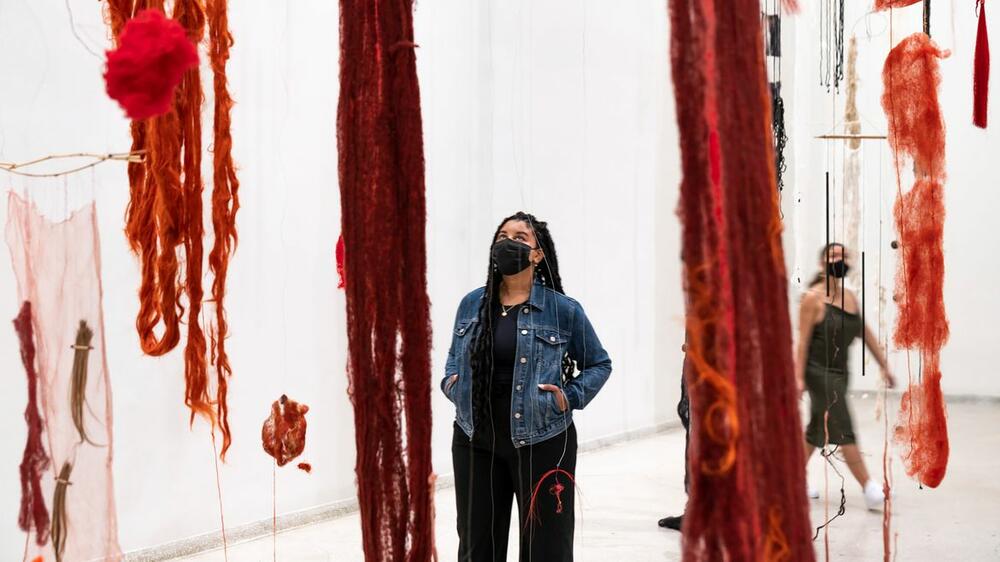
The title Spin Spin Triangulene is a poetic creation based on new scientific discoveries that the artist relates to the Guggenheim’s spiral rotunda and the quipu, to stress the connection between science and Indigenous knowledge Vicuña has observed since her early encounter with cybernetics as a young student in Chile.
Vicuña explores themes of memory, language, science, and Indigenous spirituality and knowledge across her practice. Her early figurative paintings in this exhibition were conceived as a decolonizing act to subvert the oil tradition imposed on Indigenous culture by the European conquest. These works interweave her biography with the story of the rise of socialism. Following the 1973 Chilean military coup that ushered in the dictatorship of Augusto Pinochet, Vicuña self-exiled in London, settling in New York City in 1980. As the political activism of her art intensified, revolutionary icons and influences—ranging from Karl Marx and Chilean folk singer and social activist Violeta Parra, to Andean popular art, animism, and Indigeneity— became poignant symbols of what was under attack. Also on view in textiles, film, and works on paper will be Vicuña’s language-based Palabrarmas, or “word weapons,” which are politically engaged, metaphorical riddles and poems displaying her conception of language as a living entity.
In the mid-1960s Vicuña began her Quipu series, soft sculptures made of suspended strands of knotted and unspun wool sometimes combined with found objects. The khipu (knot) was knotting made of colored threads to convey complex narrative and numerical information, a system created in the Andes in South America and later abolished by European colonizers. Vicuña reimagines her Quipus as a poetic response against cultural, ecological, and economic disparities. In this exhibition, the artist will premiere a three-part Quipu installation, Quipu del exterminio / Extermination Quipu (2022), representing life, death, and resurrection as a call to action to stop the extinction of earth’s species and the loss of biocultural diversity. The artist’s “living” Quipu performance is a participatory, collective healing ceremony connecting ancient memory and contemporary culture, inviting visitors to become active in the poetic and political change of our world.
This exhibition is organized by Pablo León de la Barra, Curator at Large, Latin America, Solomon R. Guggenheim Museum and Foundation, and Geaninne Gutiérrez-Guimarães, Associate Curator, Guggenheim Museum Bilbao, Solomon R. Guggenheim Museum and Foundation. To help compensate for the carbon emissions from this exhibition, the Guggenheim is working in partnership with Art into Acres, supporting their work in forest conservation, thanks to the generosity of Wendy Fisher and the Kirsh Foundation.
Major support for Cecilia Vicuña: Spin Spin Triangulene is provided by The Macallan Scotch Whisky; Rachel and Jean-Pierre Lehmann; Catherine Petitgas; and Lehmann Maupin. Additional support is provided by the Coby Foundation, Ltd.; the Kaleta A. Doolin Foundation; the Diane and Bruce Halle Foundation; Liza Mauer and Andrew Sheiner; Jen Rubio and Stewart Butterfield; DIRAC- Division of Cultures, Arts, Heritage and Public Diplomacy of the Ministry of Foreign Affairs of Chile; the Lenore G. Tawney Foundation; Antenna Fundación; Galería Patricia Ready and Fundación Arte+; and Antonio Murzi and Diana Morgan.
Additional funding is provided by the Solomon R. Guggenheim Museum’s International Director’s Council and its Latin American Circle.

